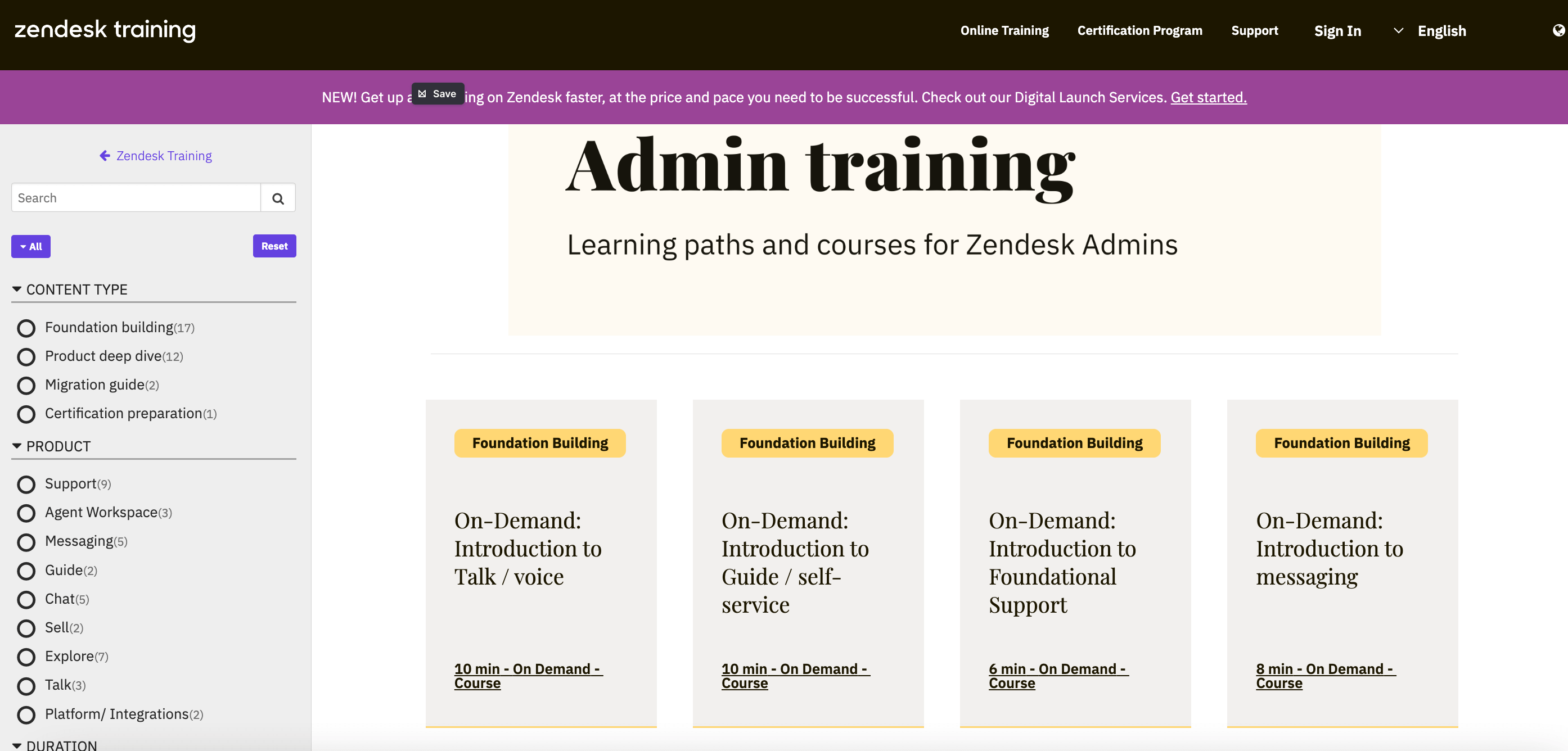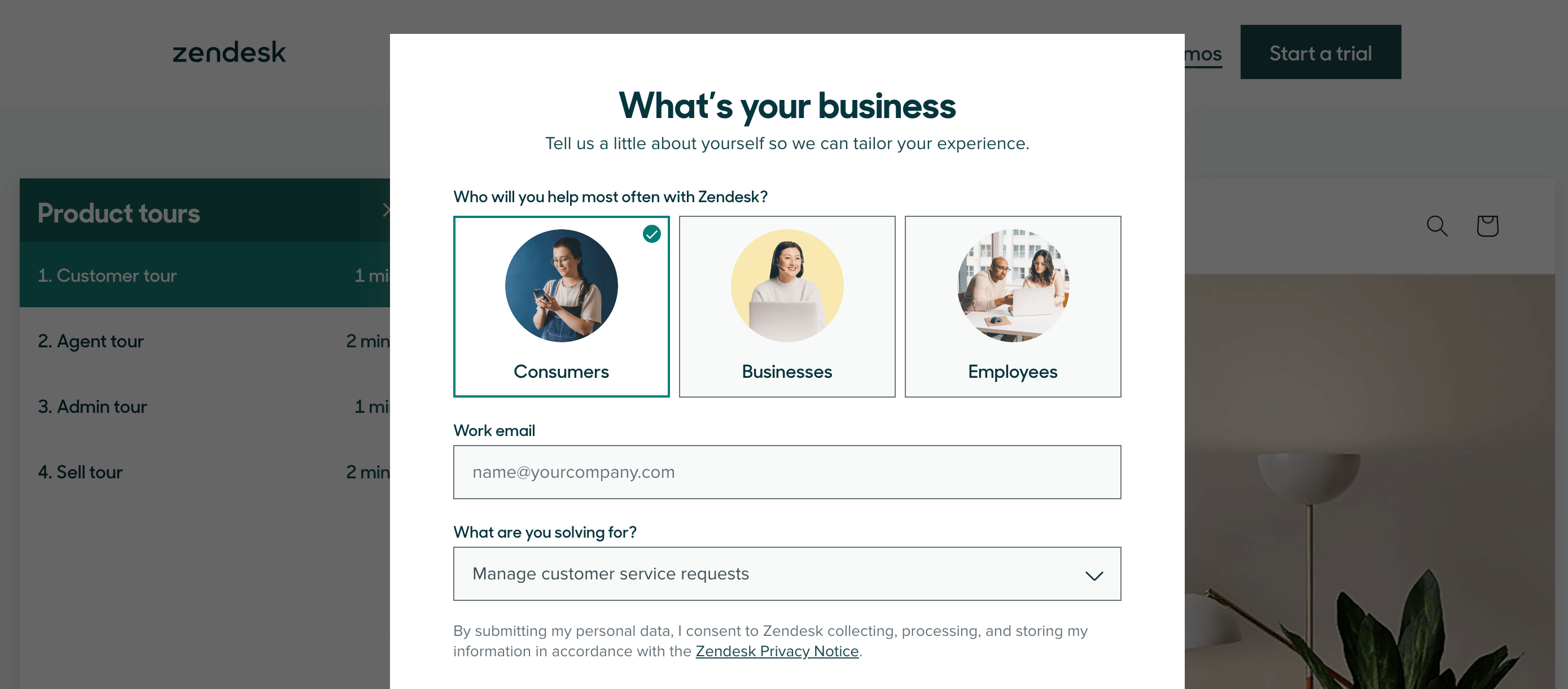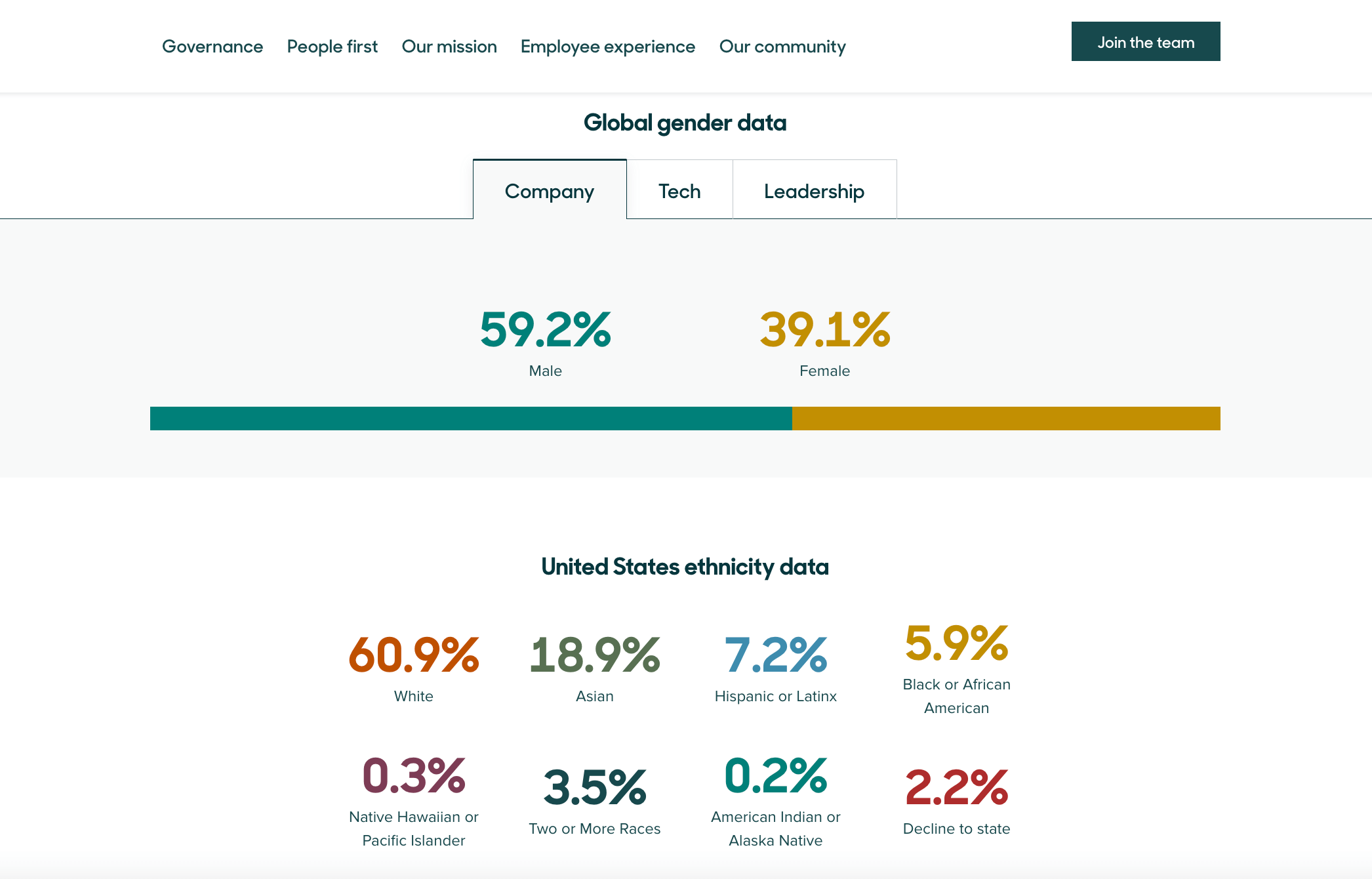There are a million B2B brands, and most fall short when it comes to brand storytelling. But not Zendesk. For years, they have been a C5 creative partner and a true inspiration—proving that B2B brands can lead the way with creative marketing, storytelling, and brand-building.
We recently welcomed Ethan Kanat, Senior Creative Principal at Zendesk, to our Best Story Wins podcast for a chat about the way the Zendesk team approaches marketing. His intelligence and insights were especially enlightening, but what stood out most is the way he and his team think deeply and strategically about everything they do, constantly pushing themselves to grow and experiment. Luckily, Zendesk is not just a brand to admire; it’s one you can emulate. By adopting the right mindset and strategies, you can follow in the Zendesk team’s footsteps to build a brand that breaks the B2B mold.
How to Master B2B Marketing Like Zendesk
From taking an empathetic approach to marketing to making the little things easier, here are the smart ways you can provide value and make a big impact—just like Zendesk.
1) Make yourself a customer-first brand.
Kanat says the Zendesk team’s goal is to be customer-obsessed. He notes that many tech companies think they’re customer-first, but they’re very much tech-focused. Because of this, their marketing is often weak and misaligned to their customers’ real needs.
For Zendesk, a customer service platform, thinking about the customer (and the customer’s customer) is always front of mind. Whether it’s the content marketing they create, the tools they develop, or the way they present their product demo, they are always thinking about the customer’s needs, wants, and brand experience.
Tip: Use Ideal Customer Profiles and Personas to identify who your customers are and what they need, then follow these tips to adopt more customer-first thinking across your buyer journey.
Example: One of the best ways to provide value to customers is to educate them by providing information that is easy to access and consume. Zendesk does a great job of empowering users through an impressive online training center. Not only do they provide a range of training videos, they even show how long each video is. This helps customers easily access the content they want—and have time for. Adding video length may seem like a little thing, but it’s a great way to show that you value your customers’ time and energy.

2) Stretch your creativity.
Zendesk stands out in the B2B landscape because they have a clear and distinct personality—and they take creative swings. Their branding is cheerful and approachable. Their customer success stories are more like fun video features than traditional boring case studies. Kanat credits this creativity to the fact that the Zendesk team doesn’t necessarily look to other brands or creative agencies for inspiration. (He’s not the first marketer we’ve heard that from recently. Drew Hoffman, VP of brand at SentinelOne, told us he personally turns to film directors for marketing inspiration.)
“You know, good inspiration comes from good source material,” Kanat says. “We’re constantly talking about, like, books and movies and music and art.” He also says the Zendesk team takes field trips to museums and even crafts together. These activities help them break out of the creative ruts that marketers are prone to and approach content in unique ways.
Tip: One of the biggest misconceptions in marketing is that B2B has to be boring. Follow our tips to brainstorm ideas that push the envelope.
Example: Their Conversations with Zendesk video series covers some of the more common issues in their industry. But instead of boring conversations, the series is presented in a playful, gameshow-style roundtable.
View this post on Instagram
3) Make your brand storytelling personal and emotional.
One of our personal pet peeves is the pervasive myth that B2B buying is not emotional. If a human is behind the purchase, the experience is emotional. Zendesk really understands this, and one of the best ways they follow through on their customer-first focus is by creating emotion-driven stories.
“We’re all customers, and we’ve all had good and bad customer experiences. And so we like to tap into those stories to make it personal,” Kanat says. Whether they’re telling stories about how their product transformed a small business or commiserating about the frustrations of dealing with customer service, Zendesk grounds their storytelling in real emotions, be it joy, frustration, or relief.
Tip: If you want to create powerful emotional connections through storytelling, you need to take an empathetic approach to brainstorming. Understand your audience’s core emotional drivers, then shape stories that tap into that. (For inspiration, here are 15 brands that turn empathy into marketing content.)
Example: Social media is a great place to connect with an audience, especially in fun and lighthearted ways. Zendesk uses Instagram to both educate and entertain with funny memes and references to the day-to-day frustrations surrounding customer service.
View this post on Instagram
View this post on Instagram
4) Simplify things for your buyer as much as possible.
This sounds simple, and it is. Yet when you really look at most brands, their buyer journey is confusing or overly complex. And that spills across all channels. From clunky UX, to a buried blog, to explainer videos that are three minutes too long, there are all sorts of ways brands make the customer experience more challenging.
“We want to make things easy. We want to reduce complexity … and so we often use that as the litmus test for the quality of the work that we’re doing,” Kanat says. This is why his team takes a critical eye to everything, constantly asking themselves how their marketing helps people understand the brand, the value, etc.
Tip: One way Kanat’s team achieves simplicity is by asking how they can distill something even more. “You have to take out the complexity,” Kanat says. “You have to take out all the stuff that can distract or confuse people.” You can do this by looking for ways to simplify your language, visuals, etc. You can also experiment with these tips to reduce noise through the buyer journey.
Example: Zendesk’s product demo is simple and easy to use, guiding users through the product with visual cues and clear, simple messaging.

5) Show off your people and culture.
One of our favorite things about Zendesk is that they put people first—literally. Their website is full of people-centric imagery. (They even illustrate their own clients for testimonials.) They support team-bonding activities. (As Kanat pointed out, the team had even recently taken a sandal-making class.)
This focus on people—both internally and externally—goes a long way to humanize the brand and prove that you’re not engaging with bots when you reach out to them. They’re also transparent about their brand values, their culture, etc.
Tip: You can easily turn your culture into good content for social media or other marketing materials. For more ideas to do that, see our complete guide to culture marketing.
Example: Not only does Zendesk show off fun things like day-off visual diaries from employees but they’re also transparent about who they are and what they believe in. They do this particularly effectively by clearly showing stats on gender, race, age, etc. on their website. This is a level of transparency that many brands don’t show, yet it is incredibly effective in attracting employees who share their values.

Remember: Good Marketing Is Good Brand Storytelling
While Zendesk is a standout star in the B2B world, they aren’t the only brand storytelling masters around. If you’re looking for more tips, tricks, and inspiration to bring your brand story to life, get more tips to dominate your industry from Canva’s marketing team and find out how VideoAmp has created a brag-worthy culture.
Most importantly, make sure you have a strong content strategy to guide your marketing. If you need a guide to tackle that yourself, use our content strategy toolkit. If you need a partner to bring your strategy to life, see our tips to find the right agency for you. And, remember, the best way to stay ahead of marketing trends is to educate yourself. Feel free to subscribe to the Best Story Wins podcast, and start with Kanat’s episode for more ideas to help your brand win your market.




